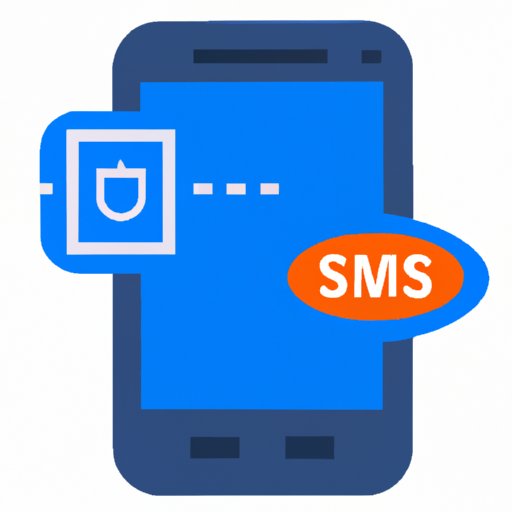Introduction
MMS stands for Multimedia Messaging Service, and it is a type of message sent through a mobile phone network. It allows users to send text, images, audio, and video files from one device to another. In this article, we will explore what does MMS mean on a mobile phone, how it differs from SMS, how to set up MMS on your smartphone, and other important topics related to this service.
Explaining the Basics: What Does MMS Mean on a Mobile Phone?
MMS is a type of messaging service that enables users to send multimedia messages over a mobile phone network. These messages can include text, images, audio, and video files. Unlike SMS (Short Message Service) which is limited to plain text messages, MMS allows users to send a wide variety of content, including photos, videos, audio clips, and more.
Using MMS to Send Texts, Images, and Videos
To send an MMS message, you must have a compatible device and an active data plan. Once these are in place, you can follow these steps:
- Open the messaging app on your device.
- Select the “New MMS” option.
- Choose the recipient for the message.
- Enter the message text.
- Attach any desired media files.
- Send the message.
Once the message has been sent, the recipient will receive it as soon as their device is connected to the internet. They will then be able to view the message and any media files that were included.

A Guide to Setting up MMS on Your Smartphone
If you want to use MMS on your smartphone, you must first set it up correctly. The exact steps will vary depending on the type of device you have, but generally speaking, the setup process involves these steps:
- Enabling your data connection.
- Configuring the APN settings.
- Verifying that MMS is enabled in your messaging app.
For specific instructions for setting up MMS on your device, consult your user manual or contact your device manufacturer.
How MMS Differs from SMS
MMS and SMS are both types of messaging services, but they differ in several key ways. MMS offers more features than SMS, including the ability to send multimedia files such as images, audio, and video. It also supports longer messages, while SMS is limited to 160 characters. Additionally, MMS messages require an active data connection, whereas SMS messages can be sent over a cellular network.

Benefits of Using MMS Instead of SMS
MMS offers several advantages over SMS. It is more versatile, allowing users to send multimedia files such as images, audio, and video. It also supports longer messages, up to 1600 characters. Additionally, MMS messages are usually delivered faster than SMS messages.
Common Issues with MMS Messaging
While MMS offers many benefits, there are some potential issues that can arise. These include problems with receiving messages, sending large files, and compatibility issues with different devices. To troubleshoot these issues, check your data connection, verify that you have the latest version of your messaging app, and ensure that your device is compatible with MMS.

Security Considerations for Sending MMS Messages
When sending MMS messages, it is important to consider the security implications. As with any type of communication, there is always the risk that someone could intercept or access your messages. To protect yourself, be sure to use a secure messaging app, avoid sending sensitive information via MMS, and delete any messages that contain private data.
Conclusion
In conclusion, MMS is a powerful messaging service that allows users to send multimedia messages over a mobile phone network. It offers several advantages over SMS, including the ability to send images, audio, and video files, and support for longer messages. However, there are some potential issues that can arise with MMS messaging, such as problems with receiving messages, sending large files, and compatibility issues with different devices. Before sending any MMS messages, it is important to consider the security implications and take steps to protect your data. If you need further assistance, contact your device manufacturer or mobile service provider.


